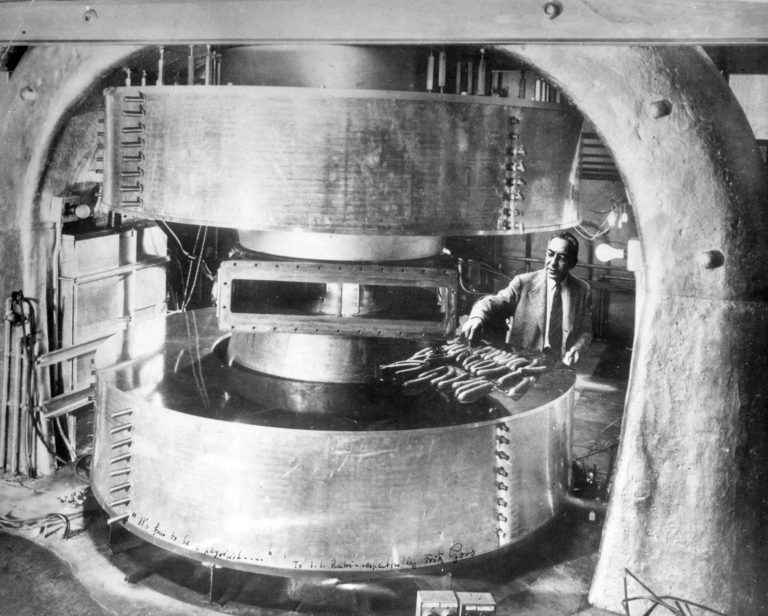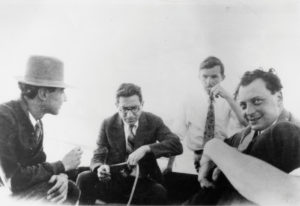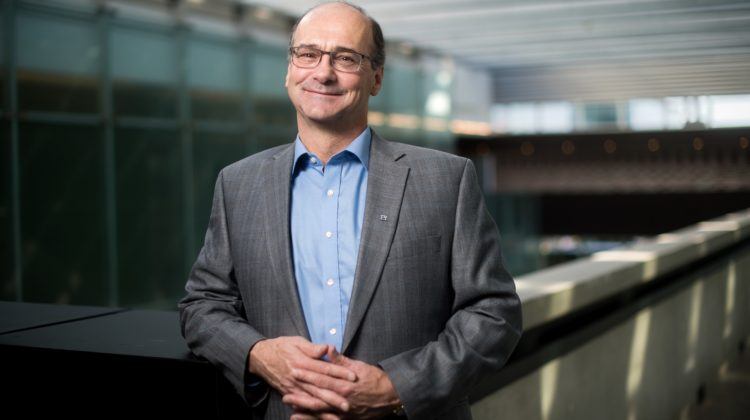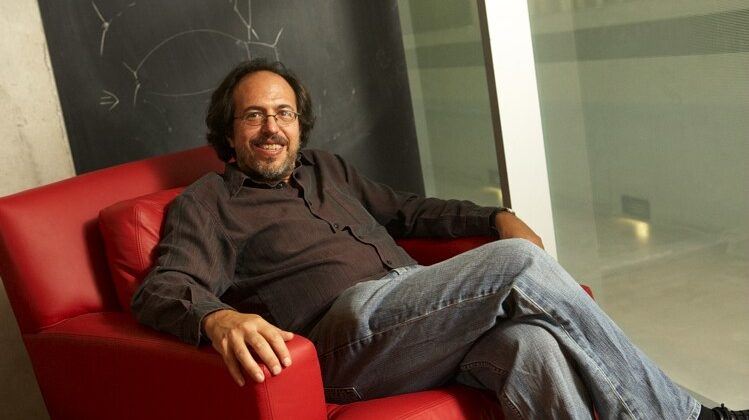The incredible MRI: a life-saving innovation made possible by physics
Dozens of physicists, doctors, medical researchers, and engineers laid the foundations for MRI in science and built technologies on top of them.

They are commonplace now – with more than 46 million scans a year performed in the US and Canada – but magnetic resonance imaging (MRI) scanners still seem halfway to magic. They can look inside bodies to show not just bones, as X-rays do, but soft tissues like the brain, muscles, and organs, without delivering harmful radiation. Using incredible computations that turn raw data into moving images, MRI scans can show tiny details of a beating heart, or even the shape of thought as blood moves to the most active parts of the brain.
Dozens of physicists, doctors, medical researchers, and engineers laid the foundations for MRI in science and built technologies on top of them. There are patents, egos, and at least five Nobel prizes. But at the very beginning of the story, the incredible MRI owes its existence to a boy named Izzy and the fact that astronomy begins with an “A.”

Izzy was born Israel Isaac Rabi, and rechristened Isidor when he enrolled in public school. His parents were Austrian immigrants and Orthodox Jews, devout and poor. They lived in Brooklyn, New York. Young Rabi was imaginative and bookish. He had already memorized all the books in his house and schoolroom – mostly Biblical creation stories and Yiddish folktales – when he spotted a classmate carrying a volume he didn’t recognize. Where had it come from? The public library. It was 1908, and Rabi was 10. The world was about to change.
In the tiny Carnegie Library, Rabi started in the A’s and quickly read all the children’s fiction. The next shelf was non-fiction organized by topic, beginning with an astronomy book about Copernicus and his model of the solar system. “That was what determined my life more than anything else,” he wrote decades later. “Reading that little book. It was so beautiful, so marvellous. So simple!” He gave his bar mitzvah speech on the physics of electric lights.
Rabi went on to study chemistry and then physics, earning a PhD in 1926. He spent two years in Europe immersing himself in the new and booming field of quantum mechanics, working with such giants as Bohr, Pauli, and Heisenberg.
Rabi was particularly struck by a new result called the Stern-Gerlach experiment. It was already known that certain particles, such as electrons and molecules, had magnetic moments: like tiny bar magnets, they had north and south poles. In the Stern-Gerlach experiment, a beam of such particles is passed through a strong magnetic field. You’d expect particles imitating tiny bar magnets to spread out as they are deflected through a magnetic field: ones with their north pole pointing straight up to go up, ones with their poles pointing down to go down, and those with their pole pointing various degrees of sideways to go various shades of sideways, hitting the backboard in a smear. But they don’t. They move only up and down. To a physicist, that’s a startling result. It’s as if, having discovered that particles can act like clocks, you then discover that they always tell you it’s 6:00 or 12:00.

Credit: AIP Emilio Segrè Visual Archives, Fermi Film Collection
Running the beam of particles through a second magnetic field produces even stranger effects. It turns out that particles do have a magnetic moment, but it comes only in a limited set of magnitudes and directions. It is quantized. It is quantum. Rabi joined research on particle beams.
Stern and his team had been using non-uniform magnetic fields to study subtle effects. Rabi came up with a different approach, using a uniform field and setting the beam at a glancing angle, so the atoms would be deflected like light through a prism. It was a cleaner experimental setup, easier to use, and more accurate. This would become Rabi’s signature: reinventing experiments to be clean and clever, seeking insights that brought him, he wrote, “nearer to God.”
“You’re wrestling with a champ,” he would tell his physics students. “You’re trying to find out how God made the world, just like Jacob wrestling with the angel.”Rabi returned to New York and established a molecular beam lab at Columbia University, mapping the new property of quantized magnetic moment, also known as “spin.” He spent the 1930s improving his technique. In 1937, he added something new to his setup: not just a magnetic field, but a pulse of radio waves. He predicted that the atomic nuclei would absorb this pulse and flip their spin. When their spin flipped back they would re-emit the pulse – a signal the experimenters could detect. What is more, different kinds of materials absorbed and re-emitted pulses at different frequencies. By detecting these different frequencies, scientists could distinguish between materials – even within solids.

Person(s): Rabi, I. I. (Isidor Isaac), 1898-1988
It’s called nuclear magnetic resonance, or NMR, and it won Rabi the 1944 Nobel Prize. It’s the grandmother of technologies such as the atomic clocks used in modern guidance systems, NMR spectroscopy for material science and oil and gas exploration, and – of course – MRI scans.
Despite a life spent wrestling with angels, Rabi was no saint: he didn’t believe women could be physicists and never took a female student; he was a great mentor but a terrible teacher.
At the end of his life, Rabi developed cancer and went for an MRI scan. The machine had a mirrored inner surface. “I saw myself in that machine…” he wrote. “I never thought my work would come to this.”























































































